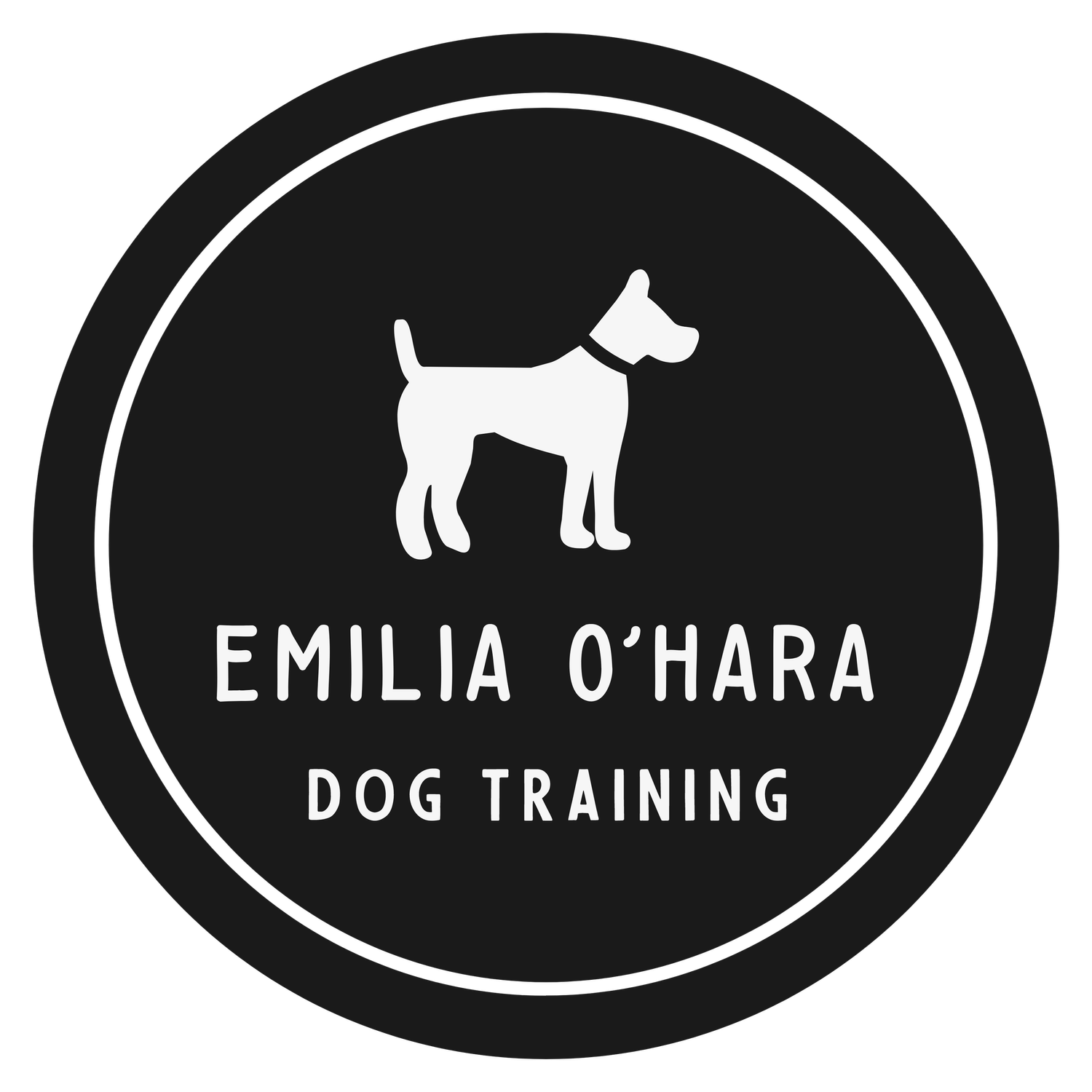How to Help Your Reactive Dog Stay Calm on Walks
Dog Training in London | Dog Reactivity Training | Dog Socialisation
If you’re struggling with your dog barking, lunging, or panicking on walks, you’re not alone. Many dog owners in London and across the UK are dealing with reactive dogs — and it can feel frustrating, embarrassing, and even hopeless at times.
But the good news? With the right support and strategies, reactive dog behaviour can improve. This post will walk you through what not to do, what to try instead, and how to start seeing real progress with your dog’s reactivity.
Why “Sit” Doesn’t Work for a Reactive Dog
One of the most common pieces of advice people get is, “Just tell your dog to sit.” But asking for a sit in a stressful situation is like telling a panicked person to calm down — it doesn’t help.
A sit is basic obedience. But when your dog experiences big emotions like fear, anxiety, or excitement, commands usually go out the window. Dog reactivity is emotional, it’s a conditioned response that they don’t have to think about, it just happens. It’s not disobedience.
Instead, Try:
Creating distance from the trigger
Scatter feeding to redirect focus
Slowly desensitising your dog to triggers with distance and positive reinforcement
If your dog is truly over threshold — barking, pulling, unable to focus — they can’t learn. That’s the moment to get out of the situation and try again later.
Shouting Doesn’t Help – It Makes Things Worse
If you were overwhelmed and someone started shouting at you, would it help? Of course not. And it doesn’t help your dog either.
When you shout, your dog may interpret it as you joining in on the barking. It increases arousal rather than helping your dog calm down.
What To Do Instead:
Get calm — even calmer than you think you need to be
Focus solely on your dog, not on bystanders or the other owner
Don’t apologise or try to manage anyone else’s dog — your focus is on guiding yours
If your dog is too far gone, create distance
This is something we work on in-depth in our dog reactivity training sessions — both online and in-person in Fulham and across London. Calmness is a skill, and like any skill, it takes practice.
Why Tightening the Leash Can Trigger Reactivity
Even with a well-fitted harness, tightening the leash can send the wrong signal. Tension travels down the lead, and your dog may interpret it as: “Something’s wrong. Be alert. Protect!” It’s a subtle but powerful trigger for many reactive dogs — especially those struggling with dog socialisation.
A Better Approach:
Shorten the leash without adding tension
Keep your movements smooth and calm
Avoid letting your dog get too close to the trigger
Stay present and focused — your dog takes cues from you
Remember, your nervous energy matters. If you’re anxious, your dog will often be too. That’s why I work closely with owners to build their confidence alongside their dog’s skills.
Mindset Matters: Visualise Success and Take it Slow
It’s hard to stay calm when you feel ashamed, helpless, or like everyone’s judging you. But your dog needs you to be the calm, grounded one in those moments.
If you’ve had a hard time with dog reactivity in the past, your brain may be expecting the worst — and your body follows suit. But when you practise calm, visualise success, and start to build new experiences, things begin to change for both of you.
Your dog can learn to trust you. But they need to believe you’ve got it under control.
Ready to Get Help With Your Reactive Dog?
You don’t have to keep dreading walks or feeling stuck.
📍 Whether you’re looking for dog training in London, need expert support for dog reactivity, or want help with dog socialisation, I’m here to guide you step by step.
🔥 Comment ‘CALM’ below or contact me here to get personalised help with your reactive dog. You’ll learn how to handle tough moments with confidence — and actually enjoy walks again.
